monitoring
Go to:
Return to:
Department of Anthropology
Durham University
Dawson Building
South Road
Durham DH1 3LE
UK
Tel: +44 (0) 191 334 1601
Fax: +44 (0) 191 334 1614
[email protected]
Last updated
15th January 2021
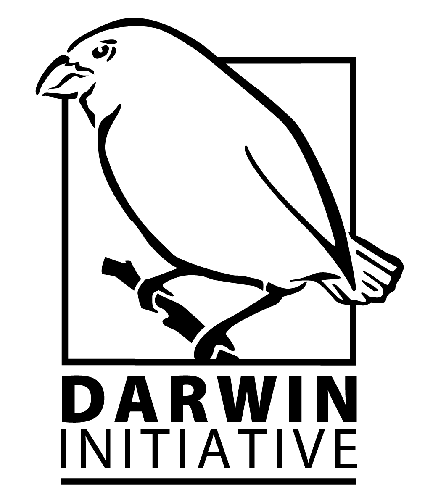
Monitoring Cape mountain zebra
How is CyberTracker used to monitor Cape mountain zebra?
Field rangers conduct surveys from vehicles, driving prescribed routes through De Hoop Nature Reserve and the neighbouring Overberg Test Range (OTB) 4 days each month. When zebra are located we record information on the group size, the individual identities, their activity and specific location. We also note any changes that have occured since the group was last sighted, such as the birth of a foal. These data are entered directly onto handheld computers using the CyberTracker program. Since CyberTracker can work with icons as well as words, this software has the capacity to allow semi-literate users to collect detailed management data.
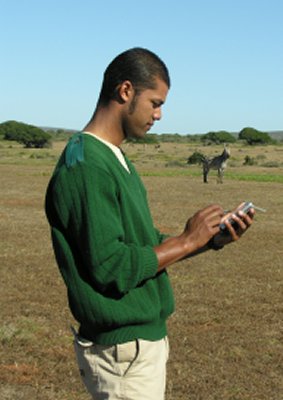
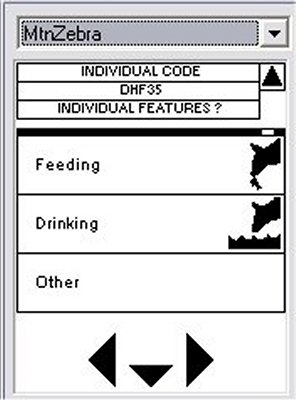
How do we identify zebras?
No two zebras have the same stripe pattern; in fact, each side of a zebra is unique. Therefore, just like a fingerprint, the stripes can be used to identify individuals. When observing zebras we are able to match individuals to our photographic records using distinguishing elements of their stripe patterns. This means that animals can be monitored throughout their lives, providing data such as the number of foals produced and life span. This allows us to gain a greater understanding of how well the population is faring.
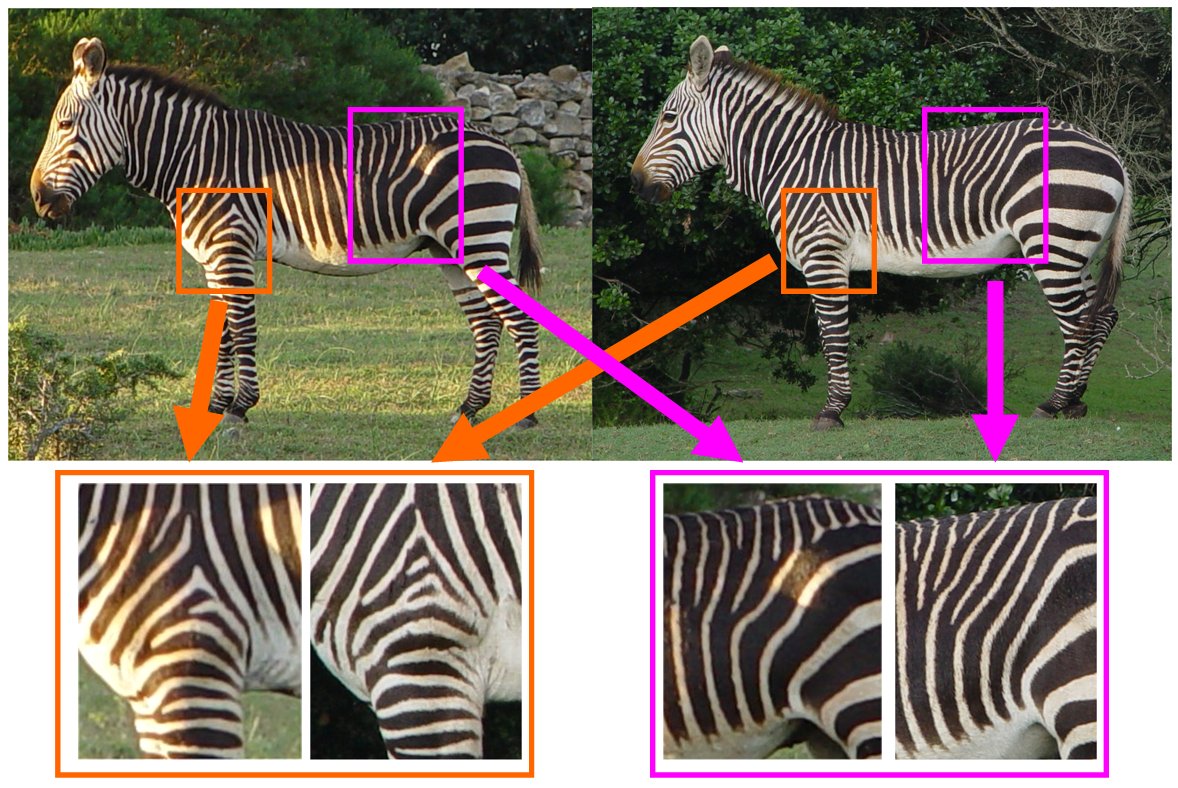
Our zebra database
In order to keep track of the zebras at De Hoop, we maintian a detailed database of all of the individuals that live (or have lived) in this population. The database contains information on an individual’s date of birth and parents and these records are linked to their offspring so that we can trace family trees. The database also contains photographs of the right and left-hand sides of every individual so that we can accurately identify the animals involved.
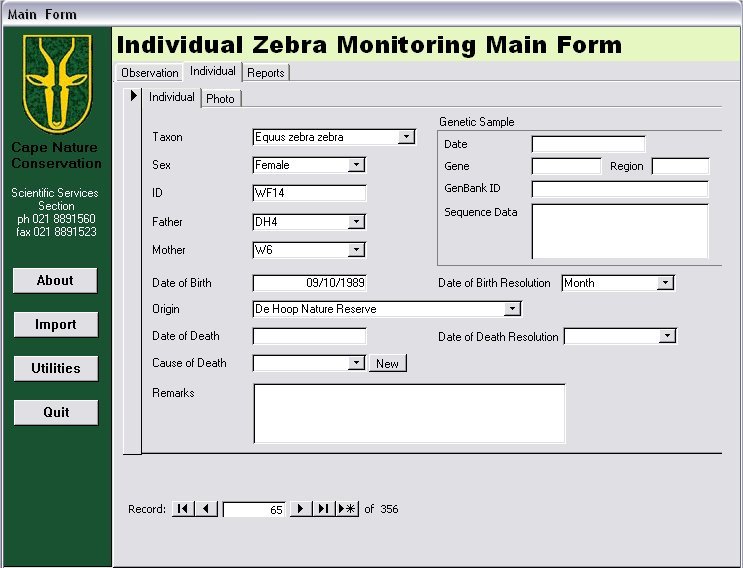
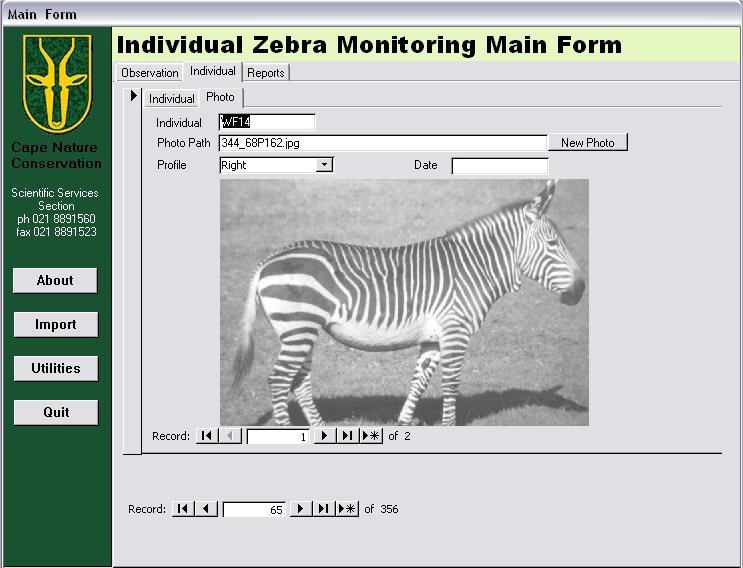
How does CyberTracker feed into this database?
The field ranger sightings using the CyberTracker system feed directly into our zebra and management databases. Through repeated observations we can follow individuals through life, track births and deaths within the population and thus track the size of the population and population growth. Because CyberTracker has an integrated GPS, we can also see which parts of De Hoop the animals are using most intensively and the sightings can be plotted directly on a map. This also provides a direct visual interface for the field rangers. Upon downloading the CyberTracker onto the base computer, the field rangers can immediately see their route and location of sightings. This not only provides them with immediate feedback it also provides a straightforward mechanism for checking that the data are correct. In the long term these data will allow us to assess the favoured habitats of the zebra as well as how seasonal variation might influence their patterns of habitat choice. This information is essential if we are to successfully manage this important Cape mountain zebra population.
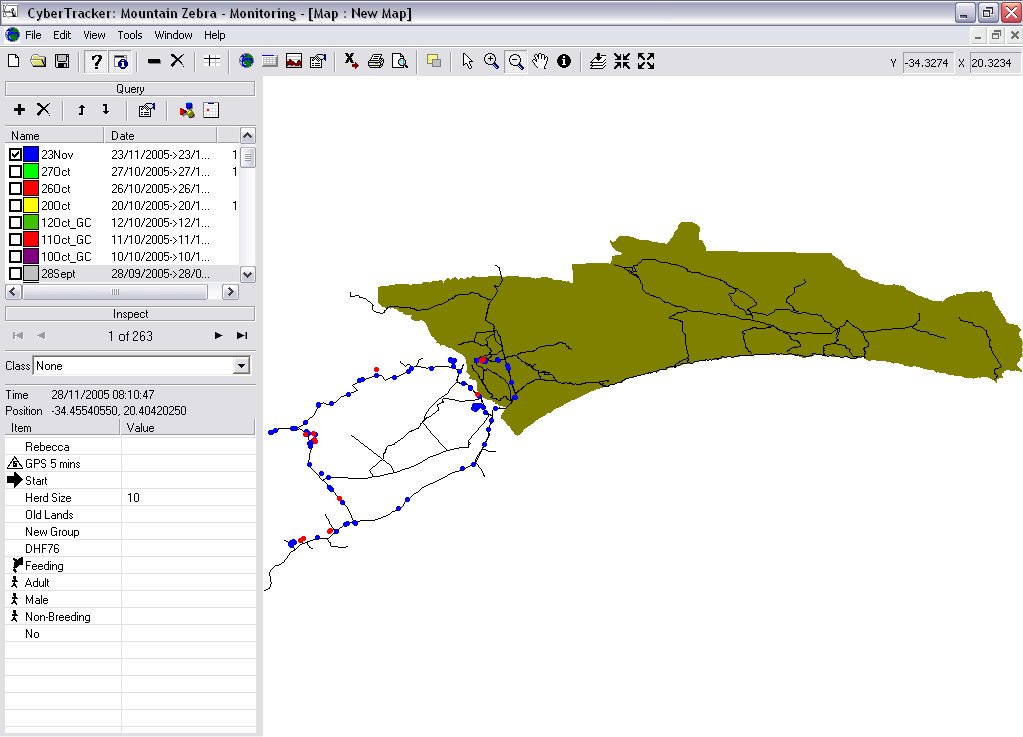
The dots indicate a driven route monitoring zebra. The blue dots indicate the regular 5-minute fixes taken by the integrated GPS. The red dots are fixes taken in association with the sighting of Cape mountain zebra.
<Back>
